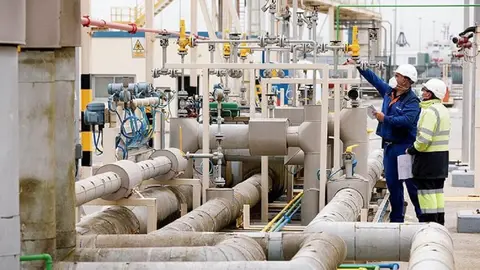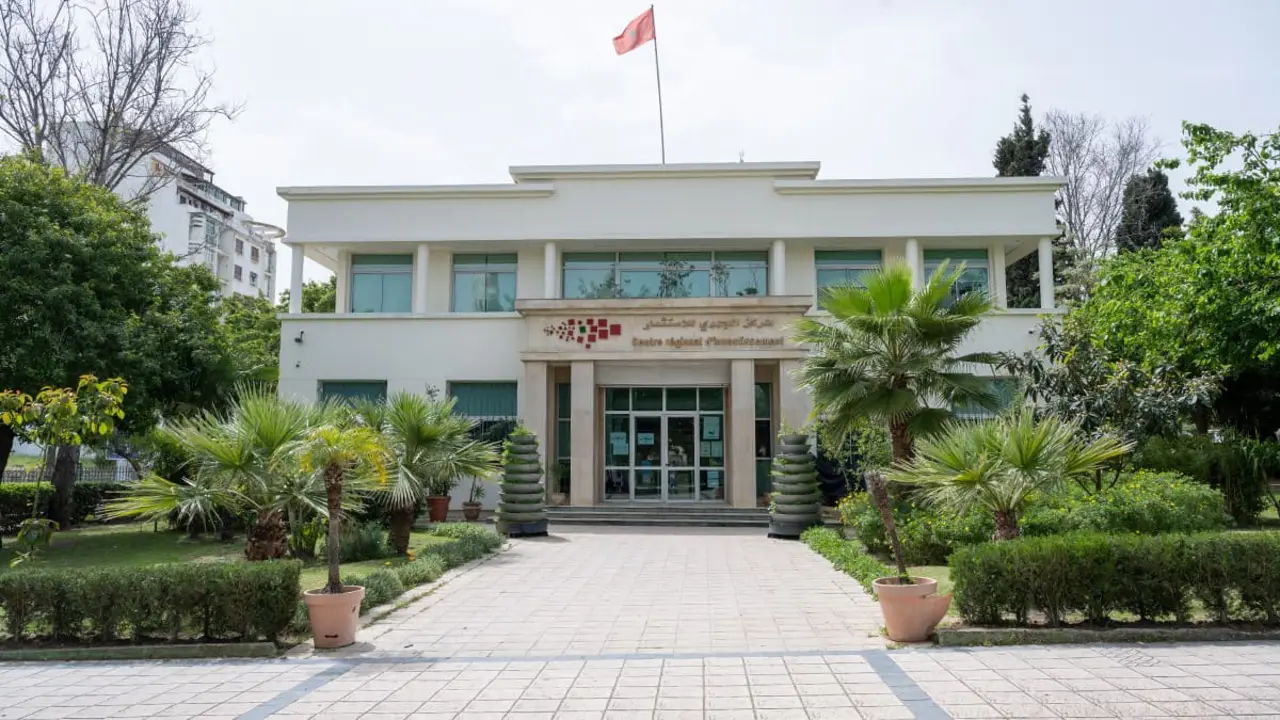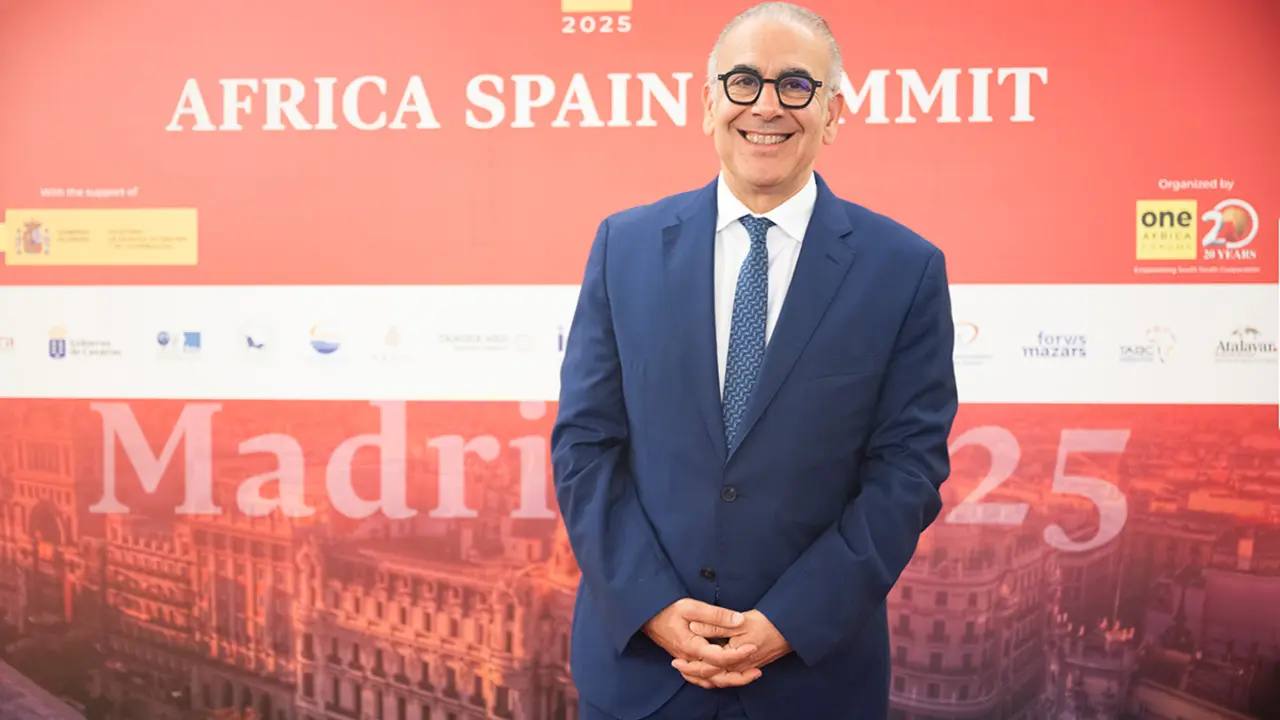BAM assesses Morocco's economy in the global context of 2023
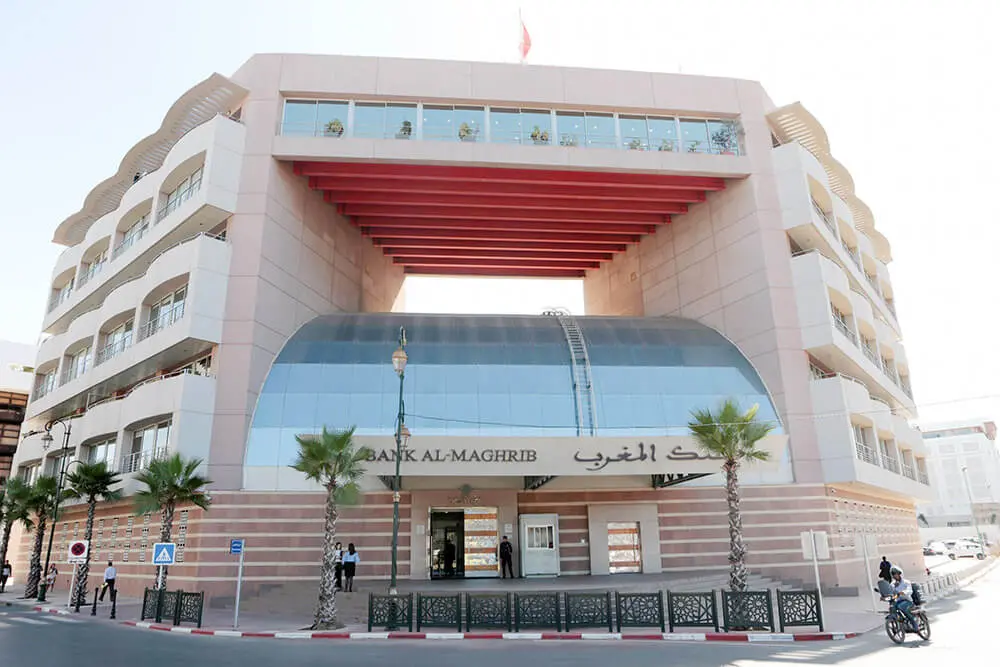
The Central Bank of Morocco published its monthly review, this January 2024, where it makes a general diagnosis of the national economy, mentioning the characteristics that mark the global context in the last two quarters of the year 2023.
The report presents the most important points of both the international and national economy, highlighting its positive and negative dimensions. It also presents the challenges of inflation and its impact on Morocco's economic dynamics and those of other countries in the world.
- The national economy
- The Moroccan labour market
- Foreign accounts, finance and inflation
- International context between growth and slowdown
- Labor market, prices and inflation in the world
The national economy
In Morocco, national accounts data for the third quarter of 2023 indicate that economic growth reached 2.8%, compared to 1.7% in the same quarter of the previous year.
This reflects an increase of 5.7%, after a contraction of 13.1%, in agricultural value added and a slowdown from 3.3% to 2.7% in the pace of non-agricultural activities.
At the sectoral level, the start of the 2023/2024 agricultural season is characterised by an estimated rainfall accumulation deficit at 31 December 2023 of 45.6% compared with the previous period and 42% compared with the average of the last five years.
For manufacturing industries, their value, for the fourth quarter of 2023, shows a year-on-year progression of 1.7 points, or 76.1% on average in the months of October and November.
As for the extractive industries, the decline in their value added slowed to 3.7% in the third quarter after 10.1% a year earlier; this had to be recovered in the fourth quarter with the 23.5% rebound in phosphate production in October and November.
The electricity, gas, water, sanitation and waste sector saw its value added increase by 2.1% in the third and fourth quarters, as indicated by a 5% increase in electricity production in October and November.
Hotel and catering activities experienced a marked slowdown in the third quarter, with a growth of 11.2% compared to 57.6% last year. Available data for the months of October and November show increases in tourist arrivals of 5.6%, i.e. 2.1 million.
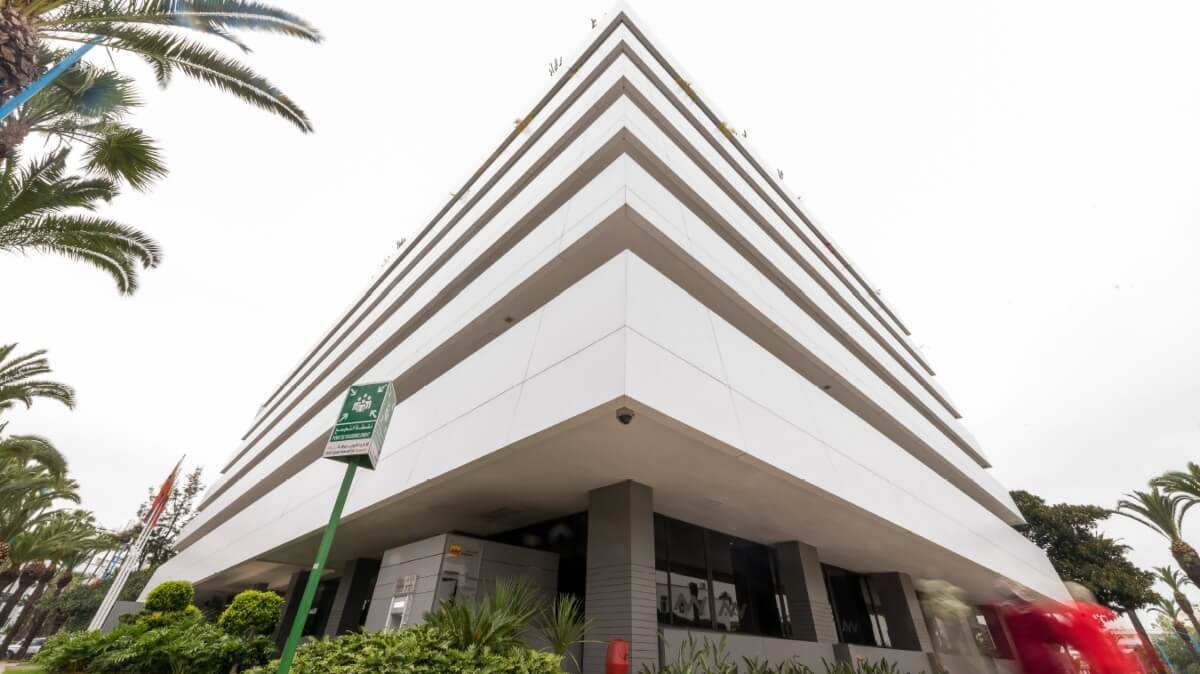
The Moroccan labour market
In the labour market, the national economy recorded, between the third quarter of 2022 and the same period of 2023, a loss of 297 thousand jobs, after the 58 thousand lost the previous year; with the exception of industry, including crafts, which has created 14,000 jobs.
Taking into account the 49,000 job seekers, the activity rate decreased by 0.8 points to 43.2% and the unemployment rate increased by 2.1 points to 13.5%, with increases of 2 points or 17% in cities and 1.8 points or 7% in rural areas.
For young people aged 15-24, the unemployment rate continued to rise, reaching 38.2 % overall, 49.7 % in urban areas and 23.3 % in rural areas.
Foreign accounts, finance and inflation
As for the external accounts, the data for the first eleven months of 2023 show a reduction in the trade deficit of 21,500 million dirhams, the result of a 3.3% decrease in imports and a stability of exports.
The reduction in imports affected all products, except consumer goods, capital goods and food products. In particular, the energy bill was reduced by 21.4% to 111,000 million dirhams and the purchases of semi-finished products and gross products registered a decrease of 11.3% and 23.6%, mainly from the sources of ammonia and crude sulfur.
As for exports, their evolution mainly reflects increases of 30.2% for the automotive sector and the consolidation of the good sales performance of the electronics and electricity sector with an improvement of 27.3%, as well as a decrease of 38% in sales of phosphate and derivatives.
At the same time, travel revenues increased by 15.8% to 97.4 billion dirhams and transfers from Moroccans living abroad, although slowing down, registered a progression of 4.4%, accumulating 105.5 billion dirhams at the end of November. As for foreign direct investment, its revenues decreased by 18.8% to 29.3 billion dirhams.
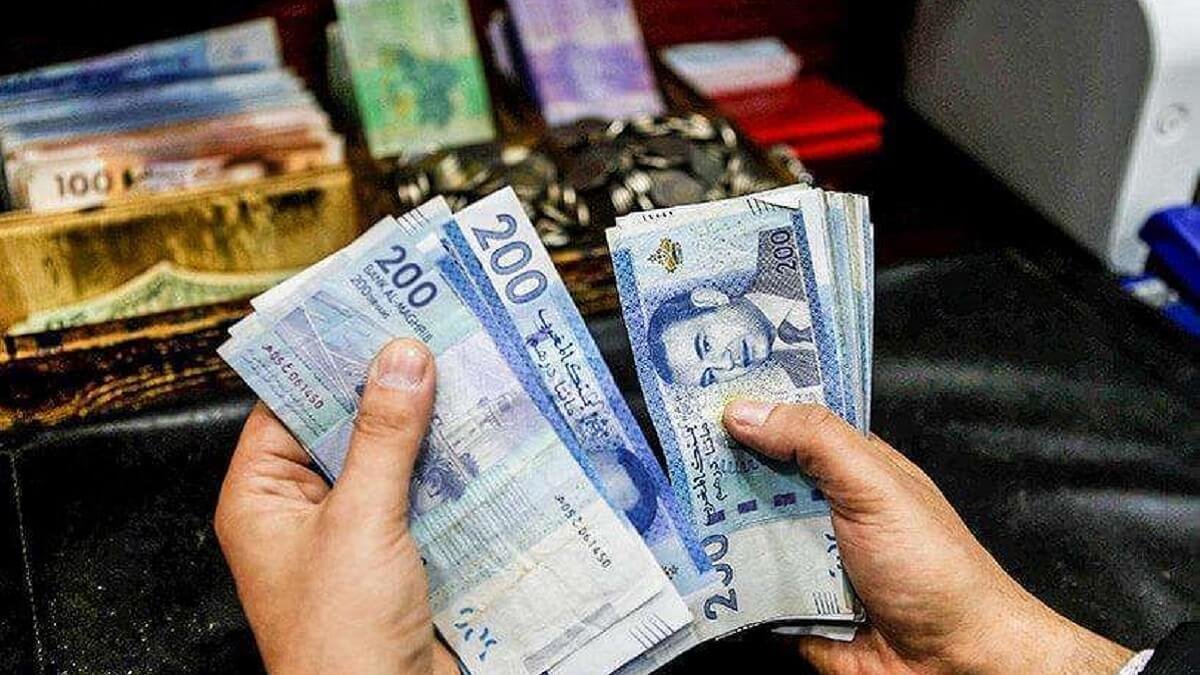
In the field of public finances, the budget execution for the first eleven months of 2023 saw a deficit of 51400 million dirhams instead of 47900 million registered last year. Ordinary revenues increased 2.2% to 306.1 billion, with a 4.3% increase in tax revenues and an 11.6% decrease in non-tax revenues.
At the same time, ordinary spending increased by 1.5% to 293.8 billion, which includes a 6% increase in spending on goods and services and a 12.1% increase in spending on interest on public debt.
The Treasury increased by 25.9% reaching 21.7 billion dirhams at the end of November 2023. Taking into account the reduction of $7.7 billion in the outstanding operations, the cash deficit increased to $59.1 billion. This need was met with net external resources of 30,500 million dirhams and net internal resources of 28,700 million dirhams.
As for inflation, it fell to 3.6% in November 2023 after 4.3% in October 2023 and its average during the first eleven months of the year stood at 6.3%.
Its underlying component continued its gradual slowdown to 3.3% after 4% a month earlier. This evolution reflects the slowdown in the rate of price progression of tradable goods from 4.3% to 3.2% and, to a lesser extent, from 3.6% to 3.5% of non-tradable goods.

International context between growth and slowdown
In a context marked by geopolitical tensions and persistent inflation, the main advanced and emerging economies, with the exception of the United States, are beginning to show signs of slowing down.
Thus, the data for the third quarter of 2023 suggest an acceleration of growth in the United States to 2.9% year-on-year, after 2.4% a quarter earlier, driven mainly by the increase in consumer spending, investment and exports.
By contrast, in the euro area, the pace of activity stagnated after growth of 0.6%. The data for the third quarter indicate, on the contrary, a stable growth rate of 0.3% in the UK and a slowdown from 2.3% to 1.6% in Japan.

On the same Asian side, economic activity slowed down in China in the third quarter, standing at 4.9%, compared to 6.3%, mainly due to the stagnation of the real estate sector.
Growth also increased from 7.8% to 7.4% in India and from 3.5% to 2% in Brazil. On the other hand, it strengthened from 4.9% to 5.6% in Russia.
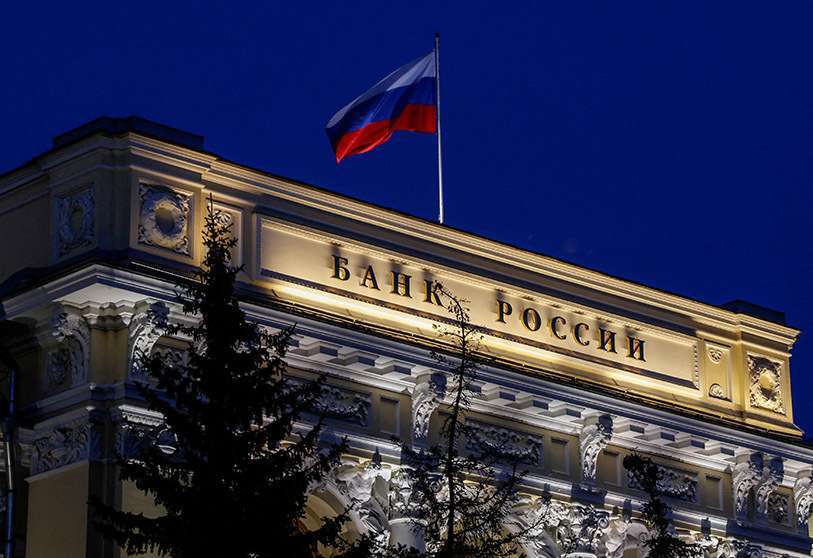
Labor market, prices and inflation in the world
In labor markets, the unemployment rate remained at 3.7% in the United States in December, with the creation of 216,000 jobs instead of 199,000 a month earlier.
In the euro area, the rate fell slightly to 6.4% in November, with falls of 11.9% in Spain, 7.5% in Italy, 3.1% in Germany and 7.3% in France.
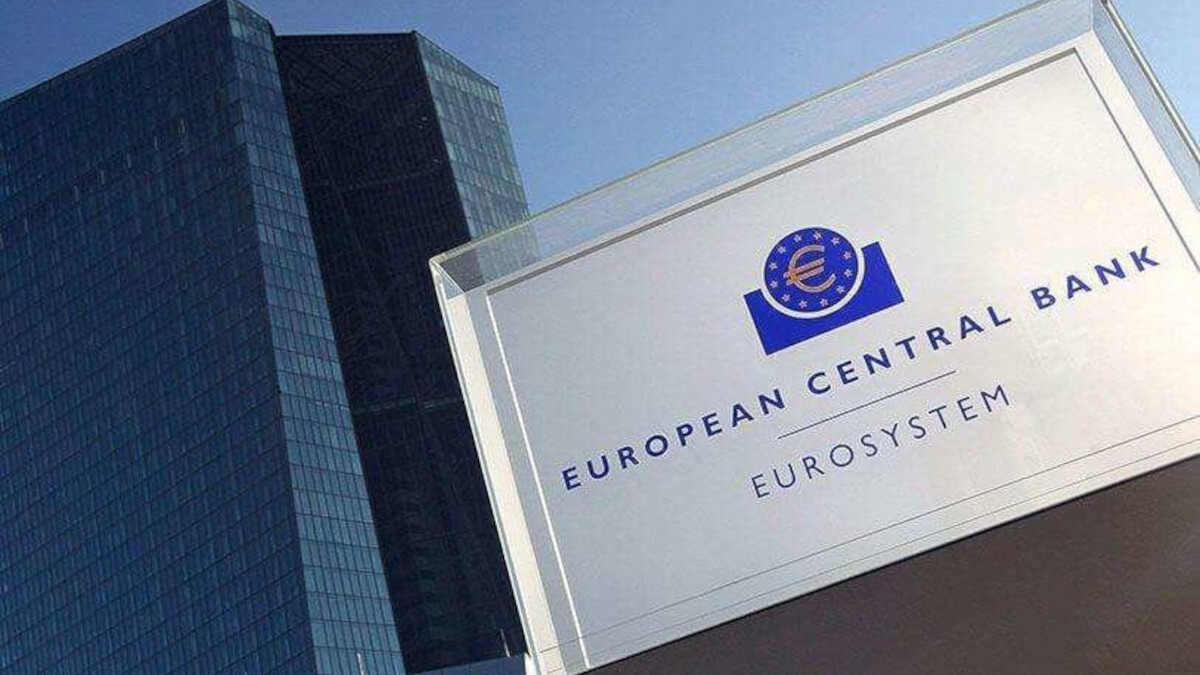
Excluding energy, prices experienced a 1.6% drop in December, mainly due to a 1.2% drop in the prices of agricultural products.
As for inflation, it recovered in December in the United States, standing at 3.4%, after 3.1% in November; while in the euro area it accelerated to 2.9%, against 2.4%, after several months of slowdown.


